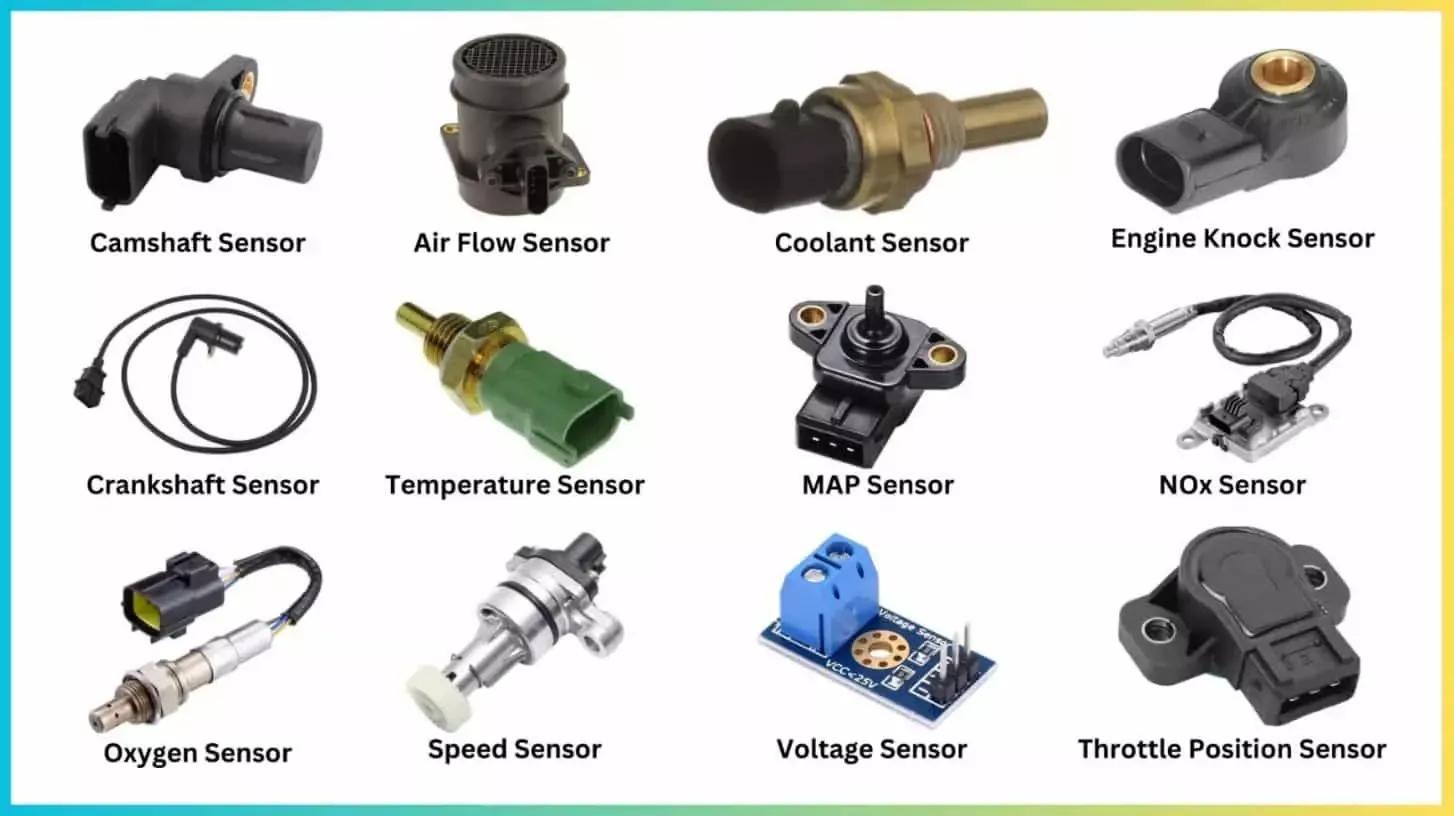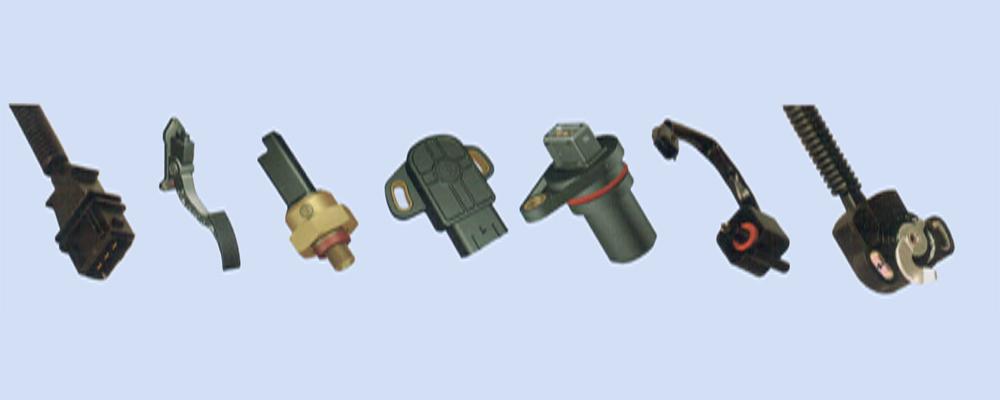Maintaining the optimal performance of your 2JZ engine requires meticulous attention to various components, including the engine sensors. These sensors play a crucial role in monitoring and regulating engine functions, ensuring everything runs smoothly. For 2JZ engine enthusiasts, understanding how to inspect and maintain these sensors is vital. This guide provides a comprehensive overview of engine sensor inspection procedures, offering step-by-step instructions and practical tips to keep your engine in top condition.
Engine sensors are responsible for collecting data on various engine parameters, such as air-fuel mixture, temperature, and exhaust gases. This information is crucial for the engine control unit (ECU) to make real-time adjustments, optimizing performance and fuel efficiency. Regular inspection and maintenance of these sensors can prevent potential issues, enhance engine performance, and extend the life of your 2JZ engine.

Types of Engine Sensors and Their Functions
Overview of Common Sensors
Oxygen Sensors (O2 Sensors):
- Function: Measure the amount of oxygen in the exhaust gases.
- Importance: Help the ECU adjust the air-fuel mixture for optimal combustion.
Coolant Temperature Sensors:
- Function: Monitor the engine’s coolant temperature.
- Importance: Ensure the engine operates within the ideal temperature range, preventing overheating.
Mass Air Flow (MAF) Meters:
- Function: Measure the amount of air entering the engine.
- Importance: Provide data to the ECU to regulate the fuel injection process.
Function and Importance
Each sensor plays a unique role in maintaining engine efficiency. For instance, the oxygen sensor helps optimize fuel combustion by providing feedback on the exhaust gas composition. The coolant temperature sensor ensures the engine does not overheat, while the mass air flow meter regulates the air-fuel ratio, crucial for engine performance and fuel efficiency. Understanding these functions is essential for effective inspection and maintenance.
Step-by-Step Inspection Procedures
Tools and Equipment
To inspect engine sensors, you’ll need the following tools:
- OBD-II Scanner: For reading diagnostic trouble codes.
- Multimeter: To measure voltage, resistance, and continuity.
- Specialized Sensor Testing Tools: Depending on the sensor type (e.g., MAF sensor cleaner, oxygen sensor socket).
Visual Inspection
Start with a visual inspection to identify any obvious signs of damage or wear:
- Oxygen Sensors: Look for soot build-up, corrosion, or broken wires.
- Coolant Temperature Sensors: Check for leaks, cracks, or corrosion.
- MAF Meters: Inspect for dirt, debris, or damage to the sensor elements.
Diagnostic Testing
Oxygen Sensor Testing:
- Using an OBD-II Scanner: Connect the scanner to the vehicle’s diagnostic port and check for any error codes related to the oxygen sensor.
- Using a Multimeter: Measure the sensor’s voltage output. A functioning O2 sensor typically fluctuates between 0.1 to 0.9 volts.
Coolant Temperature Sensor Testing:
- Visual Inspection: Check the sensor and wiring for damage.
- Using a Multimeter: Measure the resistance of the sensor. Compare the readings with the specifications in the service manual. An abnormal reading indicates a faulty sensor.
Mass Air Flow Meter Testing:
- Using an OBD-II Scanner: Check for error codes related to the MAF sensor.
- Using a Multimeter: Measure the sensor’s voltage and compare it with the service manual’s specifications.

Common Issues and Solutions
Typical Sensor Failures
Oxygen Sensors:
- Common Issues: Contamination from coolant or oil, sensor aging, and wiring problems.
- Solutions: Clean or replace the sensor, repair or replace damaged wiring.
Coolant Temperature Sensors:
- Common Issues: Corrosion, leaks, or broken wires.
- Solutions: Replace the sensor, fix any leaks, and repair damaged wiring.
Mass Air Flow Meters:
- Common Issues: Dirt or debris on the sensor elements, faulty wiring.
- Solutions: Clean the sensor with MAF cleaner, replace or repair the wiring.
Troubleshooting Tips
- Regular Maintenance: Perform routine inspections and cleanings to prevent sensor issues.
- Diagnostic Tools: Use OBD-II scanners and multimeters for accurate diagnostics.
- Service Manual: Refer to the 1997 Service Manual Diagnostics Engine for specific sensor testing procedures and specifications.
Conclusion
Regular inspection and maintenance of engine sensors are crucial for the optimal performance of your 2JZ engine. By following the detailed inspection procedures outlined in this guide, you can ensure that your engine sensors are functioning correctly, preventing potential issues and maintaining engine efficiency.
Take the time to inspect your engine sensors regularly. Use this guide to perform detailed inspections and ensure your 2JZ engine remains in top condition. Regular maintenance is the key to preventing costly repairs and ensuring the longevity of your engine.
Frequently Asked Questions (FAQ)
How often should I inspect my engine sensors?
It’s recommended to inspect your engine sensors at least once every 12,000 miles or during your routine maintenance checks.
What are the signs of a faulty oxygen sensor?
Common signs include poor fuel economy, rough idling, and the check engine light coming on.
Can I clean a mass air flow sensor myself?
Yes, you can clean a MAF sensor using a specialized MAF sensor cleaner. Be sure to follow the instructions carefully.
What tools do I need for sensor inspection?
Essential tools include an OBD-II scanner, a multimeter, and any specialized sensor testing tools recommended by the service manual.
Why is my check engine light on after replacing a sensor?
The check engine light may remain on due to other underlying issues or because the ECU needs to be reset. Use an OBD-II scanner to clear the codes and see if the light returns.